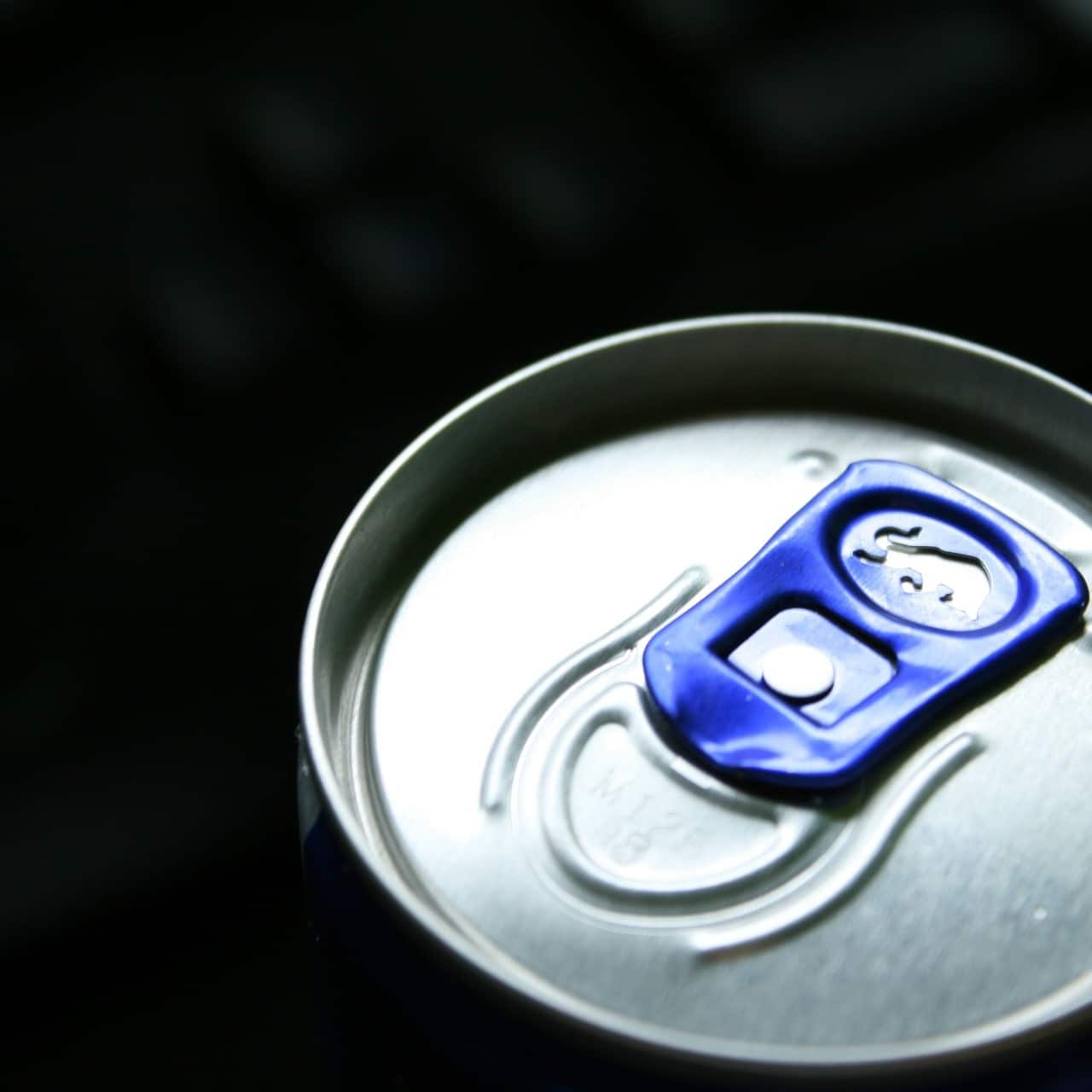Alcohol consumption before exercise was once thought to be ergogenic (increasing performance), but the literature today points towards that low-moderate doses of alcohol consumption before exercise has negative effects on cardiovascular endurance.
The evidence for how alcohol affects strength is more mixed with some studies claiming that the effects on the central nervous system (CNS) reduce strength with others finding that even high doses of alcohol don’t affect muscular strength. Studies on alcohol AFTER a lifting session show mixed results with regards to effects on recovery and performance (7).
All in all we recommend that if you drink, you stick to low doses of alcohol consumption (2 and 4 units (8 g alcohol/unit) of alcohol for females and males, respectively) and if you go overboard with the drinking, consider all factors affected and make sure to rehydrate yourself, sleep and eat properly and know that your performance is probably not going to be optimal.
______________
EBT (Evidence Based Training) M.Ds with a passion for fitness & nutrition making science simple. Build muscle, burn fat, perform better. Like, comment & follow us on IG & Facebook, and check out ebtofficial.com for our full blog with tons of free content. Also please share research with us as we love discussions! The information above is not medical advice.
Sources:
1. American College of Sports Medicine. Alcohol use in sports. Med Sci Sports Exerc.
2. Eichner ER. Ergolytic drugs in medicine and sports.
3. Lecoultre V. Effect of a small dose of alcohol on the endurance performance of trained cyclists.
4. Kendrick ZV. Effects of caffeine or ethanol on treadmill performance and metabolic response of well-trained men.
5. McNaughton L, Preece D. Alcohol and its effects on sprint and middle distance running.
6. Effect of Alcohol Consumption on Recovery From Eccentric Exercise Induced Muscle Damage in Females. doi: 10.1123/ijsnem.2016-0171.
7. Effect of alcohol after muscle-damaging resistance exercise on muscular performance recovery and inflammatory capacity in women. doi: 10.1007/s00421-017-3606-0




